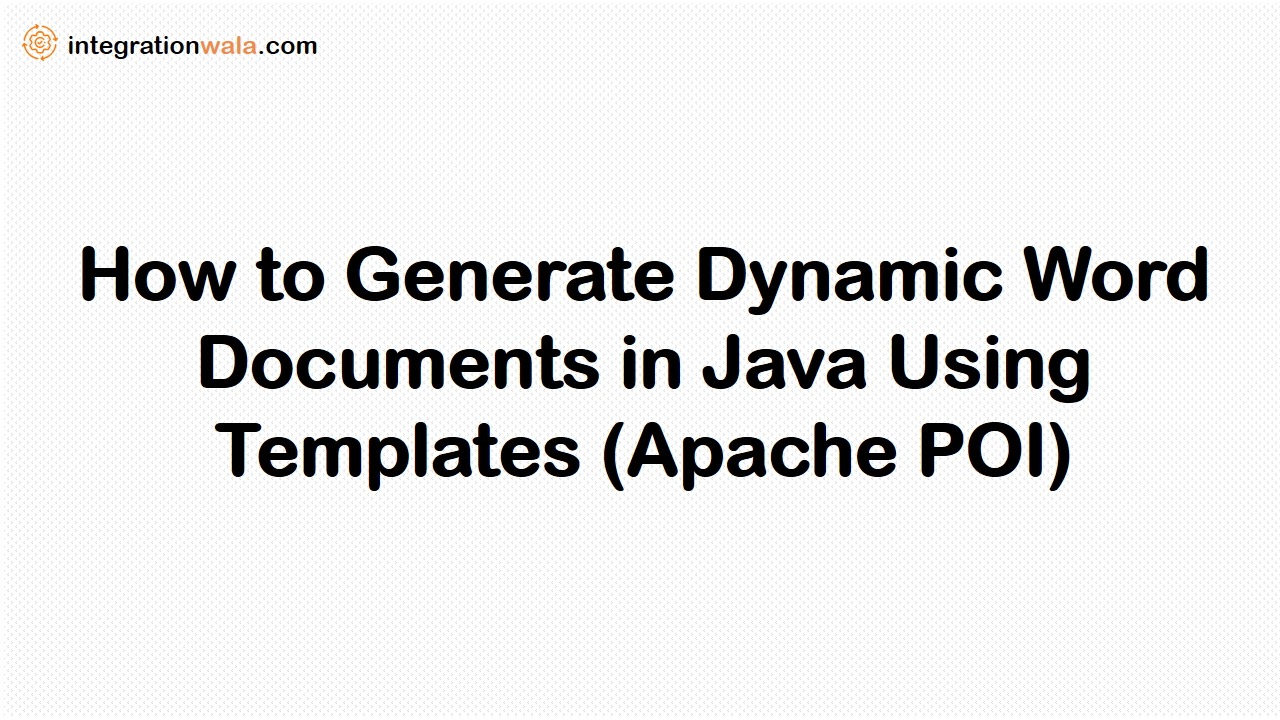Ultimate Guide to the Custom Message Logging Using Java Mapping
In the world of SAP Process Integration/Process Orchestration (PI/PO), effective message logging is crucial for monitoring and troubleshooting integration scenarios. In this blog post, we will explore how to write custom logs to SAP PI/PO message logs using Java Mapping. By following these steps, you can improve the visibility and traceability of your integration processes.
Step 1: Reading the Message ID
The first step in custom logging is to read the message ID from the ‘in’ object. This unique identifier will help us track and associate log entries with specific messages.
Step 2: Constructing the Message UUID
To ensure a unique identifier for each message, we will construct a Message UUID from the message ID using a user-defined method called ‘constructMessageID.’ This UUID will serve as a key for our custom log entries.
Step 3: Creating the Message Key Object
Next, we create a message key object ‘msgKey’ using the standard class ‘MessageKey()’ and pass the UUID and the message direction as parameters. This message key will be used to link log entries to specific messages.
Step 4: Adding Custom Log Entries
Now, it’s time to add custom log entries to the message logs. To do this, we create an object for the class ‘AuditAccess’ and provide the message key, log type (Error or Success), and the log message. This step allows us to record important information about the message processing.
import java.io.OutputStream;
import java.io.InputStreamReader;
import java.util.Date;
import java.util.concurrent.TimeUnit;
import java.io.BufferedReader;
import com.sap.aii.mapping.api.*;
import com.sap.engine.interfaces.messaging.api.*;
import com.sap.engine.interfaces.messaging.api.auditlog.*;
import com.sap.engine.interfaces.messaging.api.exception.MessagingException;
public class TestTransformation extends AbstractTransformation {
public void transform(TransformationInput in, TransformationOutput out)
throws StreamTransformationException {
// Get the message ID from the input header
String msgID = in.getInputHeader().getMessageId();
// Construct a message UUID from the message ID
String msgUUID = constructMessageID(msgID);
// Create a message key for outbound messages
MessageKey msgKey = new MessageKey(msgUUID, MessageDirection.OUTBOUND);
// Define the output payload
String outputString = "This is the output payload";
// Generate the output payload
OutputStream outputstream = out.getOutputPayload().getOutputStream();
try {
outputstream.write(outputString.getBytes());
} catch (Exception e) {
e.printStackTrace();
}
}
// Method to construct the Message UUID from Message ID
private String constructMessageID(String msgID) {
final String DASH = "-";
String uuidTimeLow = msgID.substring(0, 8);
String uuidTimeMid = msgID.substring(8, 12);
String uuidTimeHighAndVersion = msgID.substring(12, 16);
String uuidClockSeqAndReserved = msgID.substring(16, 18);
String uuidClockSeqLow = msgID.substring(18, 20);
String uuidNode = msgID.substring(20, 32);
String UUID = uuidTimeLow + DASH + uuidTimeMid + DASH
+ uuidTimeHighAndVersion + DASH + uuidClockSeqAndReserved
+ uuidClockSeqLow + DASH + uuidNode;
return UUID;
}
// Method to print an error message to PI Message Logs
private void printErrorLog(String ErrorMessage, MessageKey msgKey) {
try {
AuditAccess msgAuditAccessor = PublicAPIAccessFactory
.getPublicAPIAccess().getAuditAccess();
msgAuditAccessor.addAuditLogEntry(msgKey, AuditLogStatus.ERROR,
ErrorMessage);
} catch (MessagingException e1) {
e1.printStackTrace();
}
}
// Method to print a success message to PI Message Logs
private void printSuccessLog(String SuccessMessage, MessageKey msgKey) {
try {
AuditAccess msgAuditAccessor = PublicAPIAccessFactory
.getPublicAPIAccess().getAuditAccess();
msgAuditAccessor.addAuditLogEntry(msgKey, AuditLogStatus.SUCCESS,
SuccessMessage);
} catch (MessagingException e1) {
e1.printStackTrace();
}
}
}In addition to enhancing message logs, it’s essential to handle exceptions gracefully in Java Mapping. Here’s how you can terminate the mapping execution and throw an error message when an exception occurs:
try {
// Perform your mapping logic here
} catch (Exception e) {
throw new StreamTransformationException(e.toString());
}
Using ‘StreamTransformationException’ allows you to stop the mapping execution and mark the message as an error, ensuring that issues are promptly identified and addressed during integration processing.
By following these steps and best practices, you can take control of your SAP PI/PO message logs, making them more informative and actionable for your integration scenarios. This improved logging capability can be a valuable asset in maintaining the reliability and performance of your SAP PI/PO environment.




1 comment